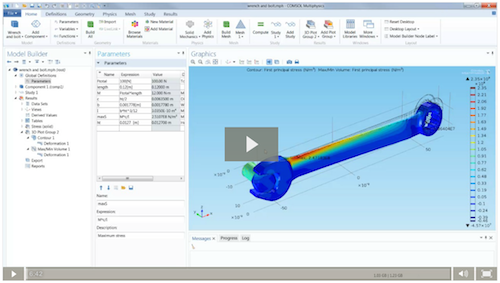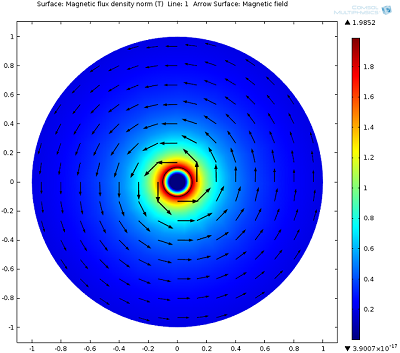Latest Posts

How to Model Stresses and Strains in COMSOL Multiphysics
Want to learn how to model stresses and strains in COMSOL Multiphysics®? This blog post contains an embedded video that will demonstrate the process in under 5 minutes!

Intro Model: Studying the Signal Strength of RF Coils
Electronics designers need to ensure that RF coils contained within their devices can properly transmit information from a source to its destination. Electromagnetics simulation can help.

Ammonia Synthesis, a Complex and Nonlinear Process
In the final installment of our Chemical Kinetics blog series, we discuss the complex and nonlinear process of synthesizing ammonia. Get an overview of the equations and modeling considerations.

Multiphysics Simulation: An IEEE Spectrum® Insert Now Available
The 2014 edition of Multiphysics Simulation, an IEEE Spectrum insert, features stories about engineers and designers in the power and energy industries. Get an overview here.

Modeling Superconductivity in a YBCO Wire
Many superconducting wires are made of yttrium barium copper oxide, aka YBCO, a compound that displays superconductivity at relatively high temperatures compared to other superconductors.

AMPHOS 21 on Simulating Carbon Sequestration
Carbon dioxide sequestration is a proposed solution to releasing carbon dioxide into the atmosphere that involves storing the CO2 in geological formations. AMPHOS 21 models this process.

Video: Mechanical Analysis Accelerates Time-to-Market
“The more precise and explicit your simulations of mechanical parts and assemblies are, the less chance for product failure and delayed manufacturing runs.” Learn more in this blog post & video.

Modeling Thermal Fatigue in Nonlinear Materials
2 challenges when simulating fatigue in nonlinear materials: 1.) Correctly representing the material behavior and 2.) finding a fatigue model that captures the life-controlling mechanism.
